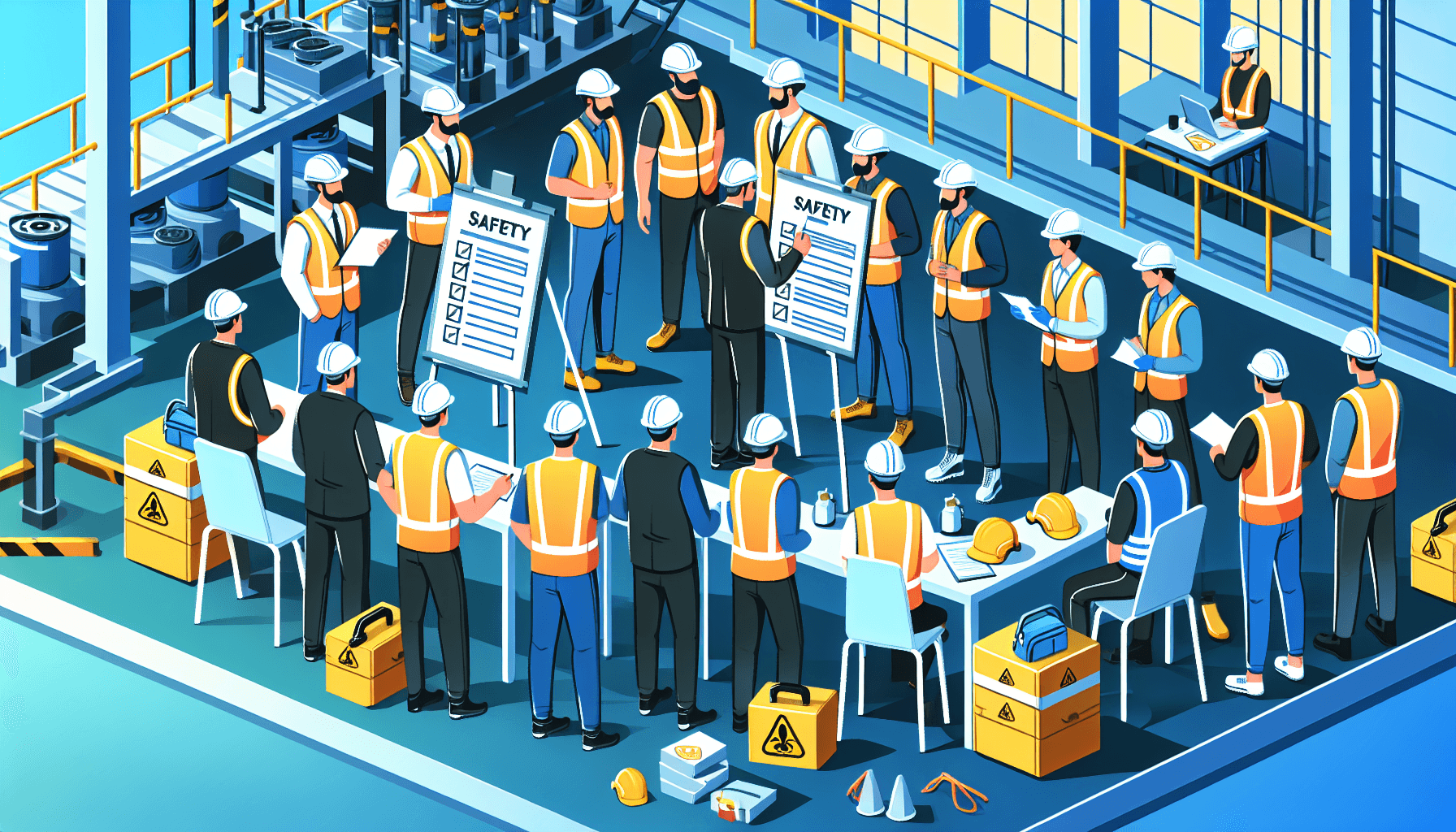Regular safety inspections and assessments are crucial for maintaining a safe and productive warehouse environment. By conducting these evaluations on a routine basis, warehouse operators can identify potential hazards, implement necessary safety measures, and ensure compliance with industry regulations. In this article, we will explore the numerous benefits of conducting regular safety inspections and assessments.
Enhanced Safety
The primary goal of safety inspections and assessments is to identify and address potential safety hazards within the warehouse. By proactively identifying risks and hazards, warehouse managers can take immediate action to rectify the issues before they lead to accidents or injuries. These inspections help create a culture of safety and ensure that employees are working in a secure environment.
During safety inspections, the entire warehouse is thoroughly evaluated. This includes the physical layout, equipment, signage, electrical systems, fire safety measures, and emergency procedures. Warehouse operators can identify potential risks such as faulty equipment, improperly stored materials, blocked exits, or inadequate lighting. By addressing these issues promptly, the overall safety of the warehouse can be significantly enhanced.
Regular safety inspections also help in providing a clear understanding of operational safety practices to the employees. By conducting these assessments, employees become well-aware of potential hazards and are more likely to adhere to safety protocols. This leads to a reduction in workplace accidents and injuries, ensuring the well-being and security of all warehouse staff.
Increased Productivity
Regular safety inspections and assessments not only promote the well-being of warehouse employees but also contribute to increased productivity. By identifying and rectifying safety issues, warehouse managers can optimize workflows and streamline operations.
For example, an inspection may reveal that certain areas of the warehouse are cluttered or poorly organized, causing delays and inefficiencies. By addressing these issues, warehouse operators can improve the overall layout and organization, resulting in smoother workflows and enhanced productivity.
Safety inspections also provide an opportunity to assess the efficiency of equipment and machinery. If a certain piece of equipment is found to be faulty or outdated, it can be replaced or repaired to prevent interruptions in day-to-day operations. This proactive approach helps minimize downtime and ensures that employees have access to reliable equipment at all times.
Cost Savings
Regular safety inspections and assessments can lead to significant cost savings for a warehouse operation. By identifying potential hazards and addressing them promptly, warehouses can prevent accidents and injuries that could result in costly medical expenses, worker’s compensation claims, or legal liabilities.
Additionally, by optimizing workflows and streamlining operations through safety inspections, warehouses can reduce the risk of product damage, inventory shrinkage, or inefficient use of resources. This helps minimize costs and increase overall profitability.
Furthermore, safety inspections can also identify areas where energy conservation measures can be implemented. By addressing potential energy wastage and implementing energy-efficient practices, warehouses can reduce utility expenses and contribute to a more sustainable operation.
Compliance with Regulations
Warehouse safety inspections and assessments are essential for ensuring compliance with industry regulations and standards. By conducting these evaluations, warehouse operators can verify that their operations align with Occupational Safety and Health Administration (OSHA) guidelines and other relevant regulations.
Regulatory compliance is crucial not only for avoiding penalties and fines but also for creating a safe and ethical work environment. Safety inspections help warehouse operators stay updated on the latest safety requirements, ensuring that their operations meet the highest standards of safety and compliance.
Conclusion
Regular safety inspections and assessments are vital for maintaining a safe, productive, and compliant warehouse environment. By proactively identifying and addressing potential hazards, warehouses can enhance safety, increase productivity, reduce costs, and ensure regulatory compliance. Implementing a routine safety inspection program is an investment in the well-being of employees, the efficiency of operations, and the long-term success of a warehouse.

